As we traverse the journey of life, we naturally find ourselves drawn to narratives—immersing ourselves in stories, visualizing scenes, absorbing lessons, and often, sharing laughter through them. Words, like whispers in the wind, carry diverse meanings shaped by individual interpretations. The addition of visual elements introduces an enchanting layer to this experience; bathed in imagery, one is captivated by the narrative, yet the true allure lies in the subjective interpretations.
This is where the artistry of Idries Karnachi (Instagram) comes to life. Karnachi defies conventions, skillfully weaving narratives in diverse ways that beckon the audience to interpret his work freely. Playing with the interplay of words and images, he artfully prompts his audience to think, wonder, and find joy in lighthearted laughter. Wearing various creative hats, he acts as a catalyst for visual storytelling, encouraging us to peer beyond the ordinary — a view Through the Looking Glass.

Idries Karnachi has led a life as diverse as the 11 cities, four countries, and three continents he has called home. Embracing the richness of his cultural education, he has nurtured a broad perspective, fostering creativity along the way. From his roots in Morocco, Karnachi ventured abroad to study architecture in France and urban planning in Shanghai. Now accomplished in both of these fields, he made a mark at prestigious studios like David Chipperfield and Studio KO. Choosing to forge his own path, Karnachi co-founded Studio Noss-Noss, operating between Paris, Marrakech, and Geneva, seamlessly blending the worlds of art and architecture. His collage art, found where pop art, Surrealism, and Dadaïsme converge, serves as a canvas for his vision—a world where cultural diversity reigns, the boundaries of reality dissolve, and multiple truths coexist. Karnachi explores states of consciousness, breaking down the barriers of the mind with a purposeful, boundary-defying approach to his craft. Here, we talk to Idries Karnachi about his work and his take on culture.
Idries Karnachi, welcome. What is your earliest memory or experience of something that ignited your interest in the arts, be it architecture, collage art, or any other form of creative expression?
As a child growing up in Morocco, my earliest memory of being drawn to the arts was when I realized that my vivid imagination could be expressed and heard. Each experience, from wandering through bustling markets to exploring the labyrinthine medinas, fueled my passion for artistic expression. Moreover, my extensive travels across different cities and continents broadened my perspectives and nurtured a deeper appreciation for diverse forms of artistic expression. Later, studying architecture provided a structured outlet for channeling my creativity and honing my skills, blending cultural immersion with profound learning experiences.

Take us through your creative process. How do you translate a concept into a tangible design?
My creative process is deeply rooted in observation, exploration, and experimentation. It draws from everything I see or hear around me, fostering connections by combining ideas or thoughts that may seem unrelated. This process often leads to unexpected intersections and novel perspectives, enriching the creative journey. I believe that it stems from a finely tuned sense of observation, which was cultivated in architectural school.
In your collage art, you aim to abolish the boundaries of reality and explore new perspectives. How do you believe art can contribute to challenging societal norms and encouraging a broader, more inclusive perspective?
My work resides between pop art and surrealism, with a hint of Dadaism. It’s an art form that aspires to be accessible to everyone, advocating for the existence of multiple truths and occasionally calling for a reassessment of arbitrarily established facts. This blend of styles and philosophies allows me to create pieces that speak to a wide audience, inviting viewers to reconsider conventional narratives and embrace alternative perspectives. Each piece is imbued with a sense of playfulness and subversion, encouraging audiences to engage in dialogue and reflection on the complexities of contemporary society.

In your architectural designs, what do you consider as the key element that sets your work apart and serves as a distinctive selling point?
I advocate for an architecture that is both simple and highly contextualized. By simplicity, I mean a departure from the relentless pursuit of compactness that many contemporary firms prioritize for reasons of profitability. Instead, spaces in my designs tend to have a sense of sobriety and an almost timeless character. Hyper-contextualization is another hallmark, as it reflects a commitment to responsible and adaptive architecture tailored to socio-cultural and meteorological climates. This approach ensures that each design resonates with its surroundings, contributing positively to its environment while meeting the needs of its inhabitants.
Your installations feel like real-life collages, blending artistic vision with architecture. What challenges arise in harmonizing these two seemingly distinct realms?
Architecture, as a discipline, uniquely allows one to dream while staying grounded. Similarly, in art, I allow myself to dream up my wildest ideas, and my technical knowledge and learned skills empower me to bring these dreams to life. This symbiotic relationship between dreaming and technical execution is central to both my architectural and artistic endeavors, enabling me to push the boundaries of creativity while ensuring the feasibility and functionality of my designs.

As an architect and urban planner, how do you navigate the challenges of working in different locations, specifically between Paris, Marrakech, and Geneva?
Having moved approximately every four years during my childhood, I find a sense of comfort in constant movement. I thrive on diversity and draw nourishment from the varied experiences that each location offers. This nomadic lifestyle has equipped me with adaptability and a deep appreciation for cultural diversity, which are invaluable assets when working across different locations. It allows me to seamlessly integrate into new environments, leveraging the richness of each setting to inform and enrich my creative process.
Your collage art often features wordplay with a mix of Arabic and French. How does this linguistic interplay contribute to the narrative of your artworks, and what role does language play in conveying your artistic messages?
The linguistic interplay in my collage art reflects the multicultural nature of my identity and serves as a means of bridging different worlds and perspectives. By blending Arabic, French and English, I aim to create layers of meaning and invite viewers to engage with my artworks on multiple levels. I like to define my art as “When the art of combining words to evoke images meets the art of combining images to evoke words”.
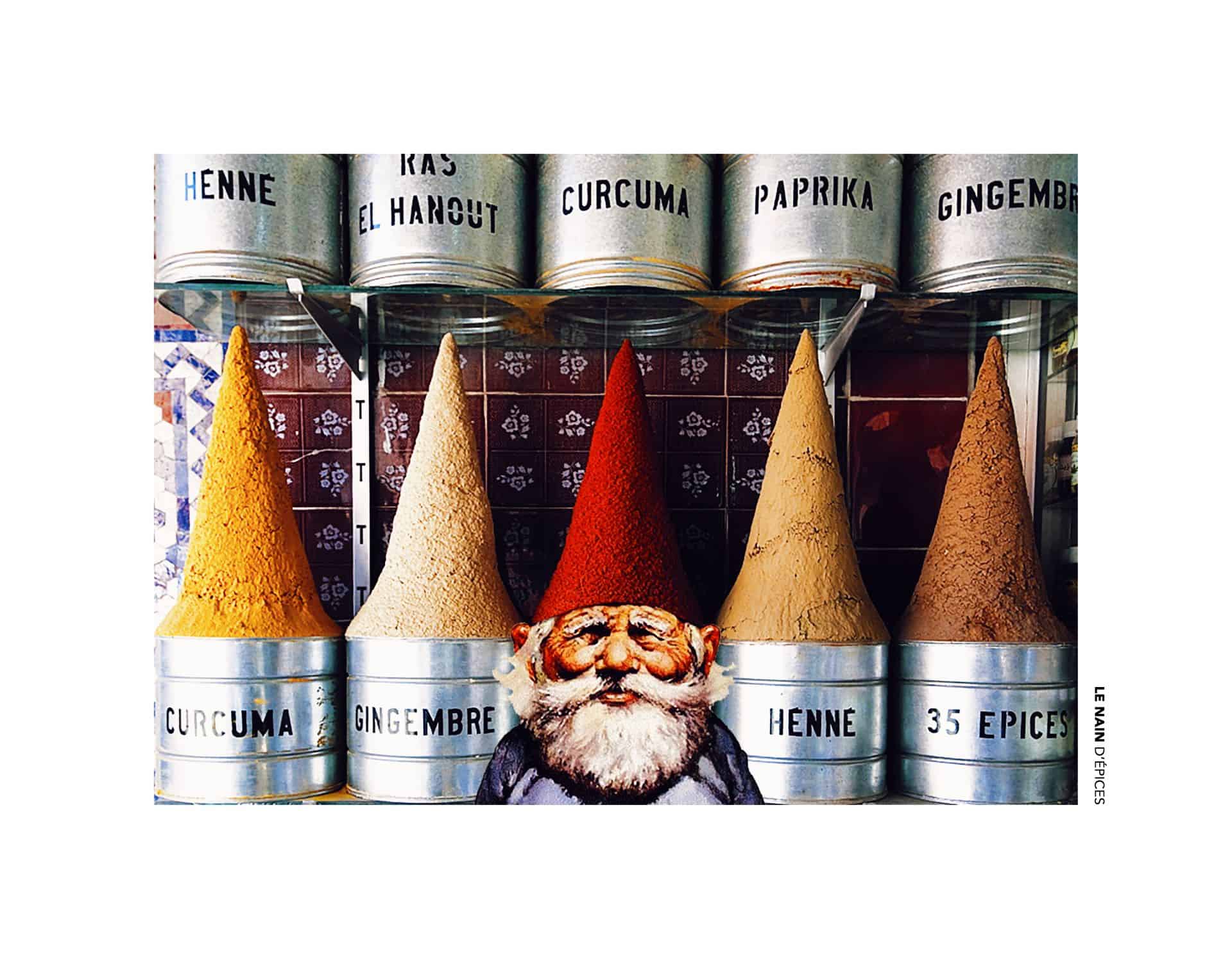
Can you recall the first project or design that you worked on that made you realize the impact and potential of your creative abilities?
I would say that I realized my creative potential by understanding the power that my creative work could have on society. A particular collage titled “Cover Your Eyes, Not Her Body” holds significant meaning, shedding light on the pervasive issue of public sexual harassment in Morocco. This artwork symbolizes a call to action, emphasizing the urgent need to eradicate this social disease from our society. It serves as a tribute to the resilience and courage of every Moroccan woman who navigates the streets, facing this harassment with unwavering bravery.
After living abroad for a considerable time, what aspects of Morocco drew you in when you were away, and what did you discover upon returning with a fresh perspective?
While living abroad, I was continually drawn to Morocco by realizing its vast creative potential, a relatively untapped space where anything is still possible, unlike a more saturated environment in Europe. In Morocco, artisans and their craftsmanship are more accessible, and not everything is predetermined. There’s a sense of freedom to explore, try, fail, and try again without dire consequences. It’s an environment where experimentation is encouraged, and the creative process feels more open-ended and forgiving. This aspect of Morocco’s creative landscape deeply resonated with me and inspired me to explore its rich artistic heritage and untapped possibilities.
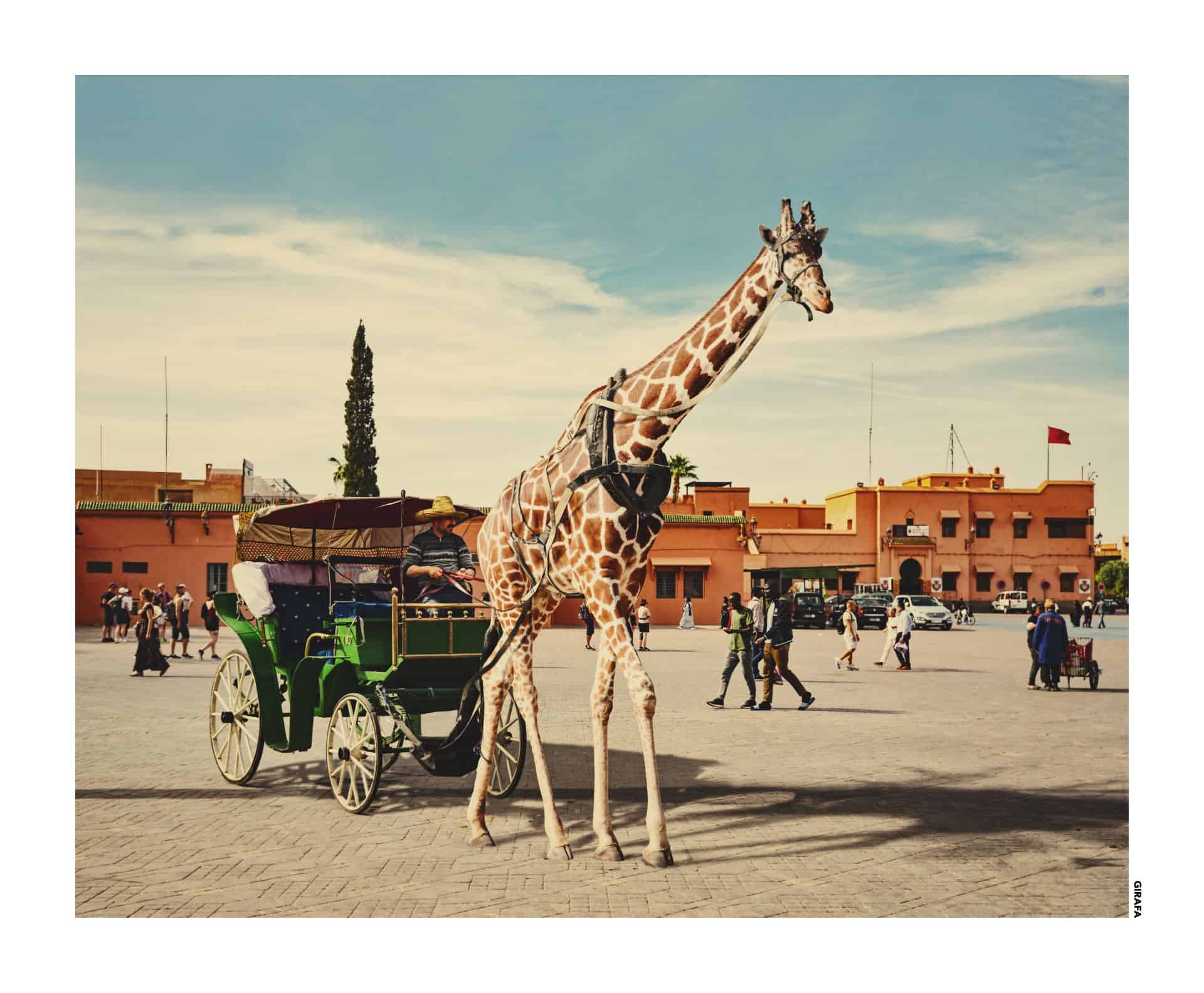
Your studio’s name, Studio Noss-Noss, is intriguing. Can you share the story or inspiration behind the name and how it reflects the essence of your practice?
The studio was founded in Switzerland and draws its name from the iconic Swiss dish, fondue moitié-moitié (half-half), which consists of half Vacherin Fribourgeois and half Gruyère cheese, as well as the Moroccan coffee with milk, known as nossnoss, meaning half-half. This name reflects the essence of our practice: a blend of influences from different cultures and disciplines. It symbolizes the fusion of two worlds, with one foot in Switzerland and the other in Morocco, one part architect and one part artist. Studio Noss-Noss embodies the spirit of diversity, collaboration, and the harmonious integration of varied influences into our work.
Your vision emphasizes a “cultural melting pot where multiple truths can coexist”. How does this philosophy translate into the design and planning decisions you make for urban spaces?
My philosophy in urban design revolves around the concept of inclusivity and the celebration of diversity. I believe that urban spaces should be dynamic environments that reflect the richness of human experience and accommodate the needs of diverse communities. My approach is informed by the recognition that multiple truths can coexist within a shared space, much like the visual illusion of the numbers “9” and “6”, one sees a “9”, the other sees a “6”. Each insists the other is wrong, yet both are right. Drawing inspiration from my experiences in Morocco, France, China and Switzerland, where I witnessed the power of perspective and the importance of embracing cultural diversity, I strive to imbue my urban designs with a sense of harmony and interconnectedness.
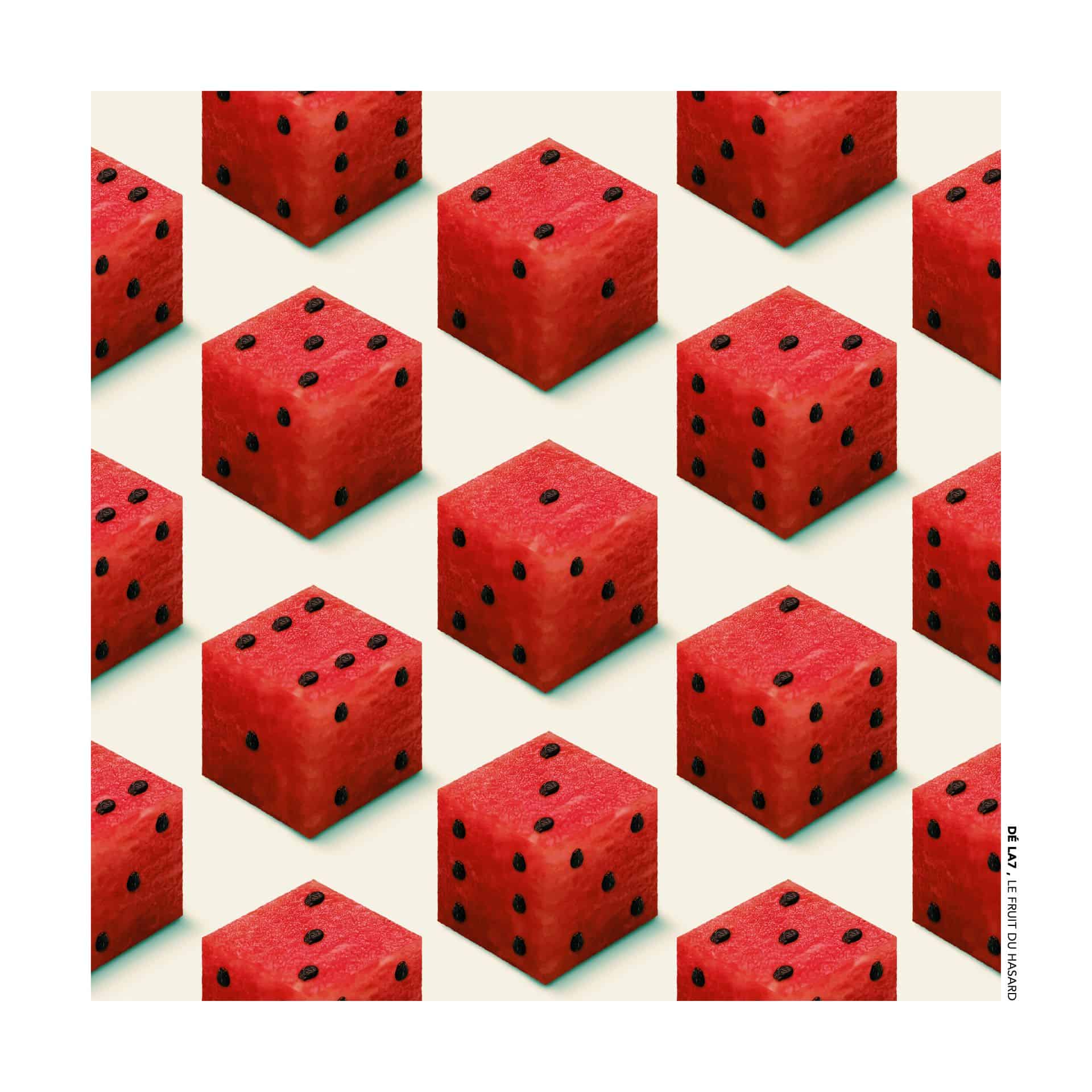
You recently showcased your work at Art Basel Miami, a remarkable achievement. Can you share the thoughts and emotions that crossed your mind as you witnessed your creations displayed in front of a global audience?
Participating in Art Basel Miami was an extraordinary experience that exceeded all expectations. It was incredibly gratifying to witness people from diverse cultural backgrounds connect with my work and engage in meaningful conversations about art and creativity. Art Basel Miami opened doors to new opportunities and collaborations, allowing me to showcase my vision on an international stage. The energy and enthusiasm of the audience reaffirmed my belief in the transformative power of art and its ability to transcend boundaries. I left the event feeling deeply inspired and grateful for the opportunity to share my artistic journey with the world.
You recently collaborated with Carmen Haid on “Noir Sur Blanc – The Warehouse” at Mandarin Oriental. Could you walk us through the concept and share your experience?
The collaboration with Carmen Haid on the Noir sur Blanc exhibition at the Mandarin Oriental in Marrakesh was a profound exploration of Morocco’s vibrant creativity and cultural depth. Together, we ventured into a realm that transcended the conventional portrayal of the nation, leaving behind the stereotypical imagery of palm trees, camels, and babouche slippers to unveil a more nuanced and dynamic perspective.
It was a celebration of the nation’s artistic renaissance, tapping into its rich cultural tapestry to challenge perceptions and spark dialogue. It was not only a creative triumph but also a testament to the efficiency and capability in Morocco. Despite its scale and ambition, the project was executed in record time, showcasing the country’s ability to deliver high-quality endeavors promptly.
As the creatives behind the exuberant show, Carmen Haid and I were given carte blanche to transform a once-defunct warehouse space into a permanent gallery and event venue. Our vision went beyond the confines of traditional galleries and hotels, aiming to provide a platform for a diverse array of artists and creatives who are shaping contemporary Moroccan culture.
The exhibition featured a captivating blend of pop art, film, photography, and collectible objects.

If you could bring one of your collages to life, creating a fantasy world, which specific artwork would you choose and why?
Recently, I’ve embarked on the exciting journey of bringing my collages to life. This endeavor includes installations such as pictures loading as if waiting for a connection, filling an old castle in Evian, France with giant balloons, and creating the CAR-PET, a fully functional vintage 1974 Mercedes-Benz 240 D covered entirely in carpets in collaboration with Beni Rugs. Currently, I’m working on a Moroccan moped capable of accommodating 15 passengers, further pushing the boundaries of imaginative expression and merging art with reality.
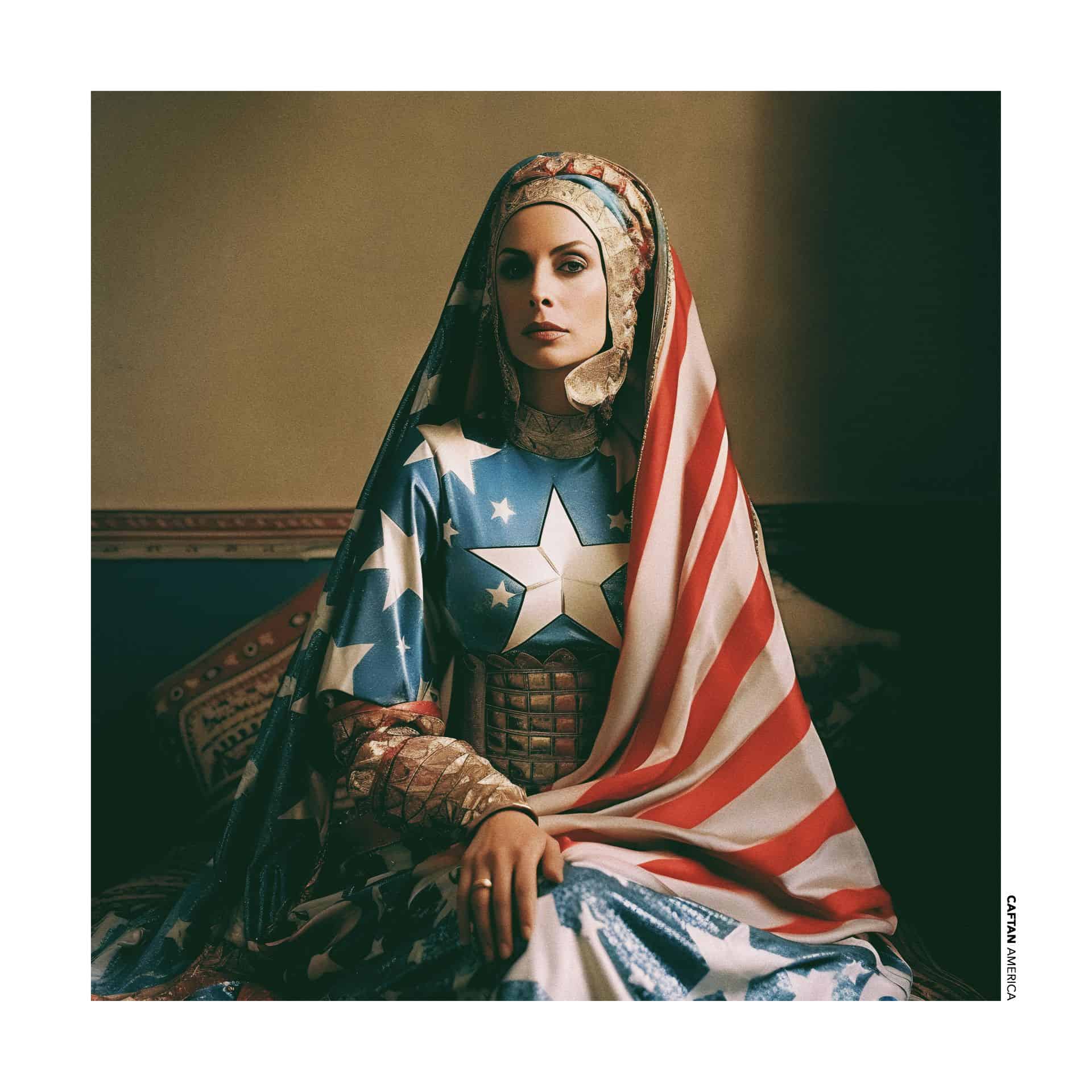
Looking back, if you could give advice to a young Idries Karnachi when he was starting out in the field, what would it be?
If I could give advice to my younger self, it would be to embrace failure as a necessary step on the path to success, to trust my instincts, and to never lose sight of the passion that drives me to create.
To the aspiring young creatives, especially those in Morocco, I’d like to share that there’s no magic formula or instant solution in life. Beyond innate talent, which is undoubtedly valuable, talent can also be cultivated into skills. These skills can be honed further through hard work and perseverance.
I advise embracing a proactive mindset rather than waiting passively. Rather than trying to avoid boredom, see it as a catalyst for creation. It’s crucial to embrace moments of boredom; they often lead us to new discoveries and inspire innovation. We create, reflect, and rebel because of boredom, driving us toward new horizons and experiences.
Moreover, it’s essential to seize opportunities actively. Luck doesn’t simply fall into our laps; we must actively pursue it. Once again, I emphasize the shift from a passive to a proactive stance.
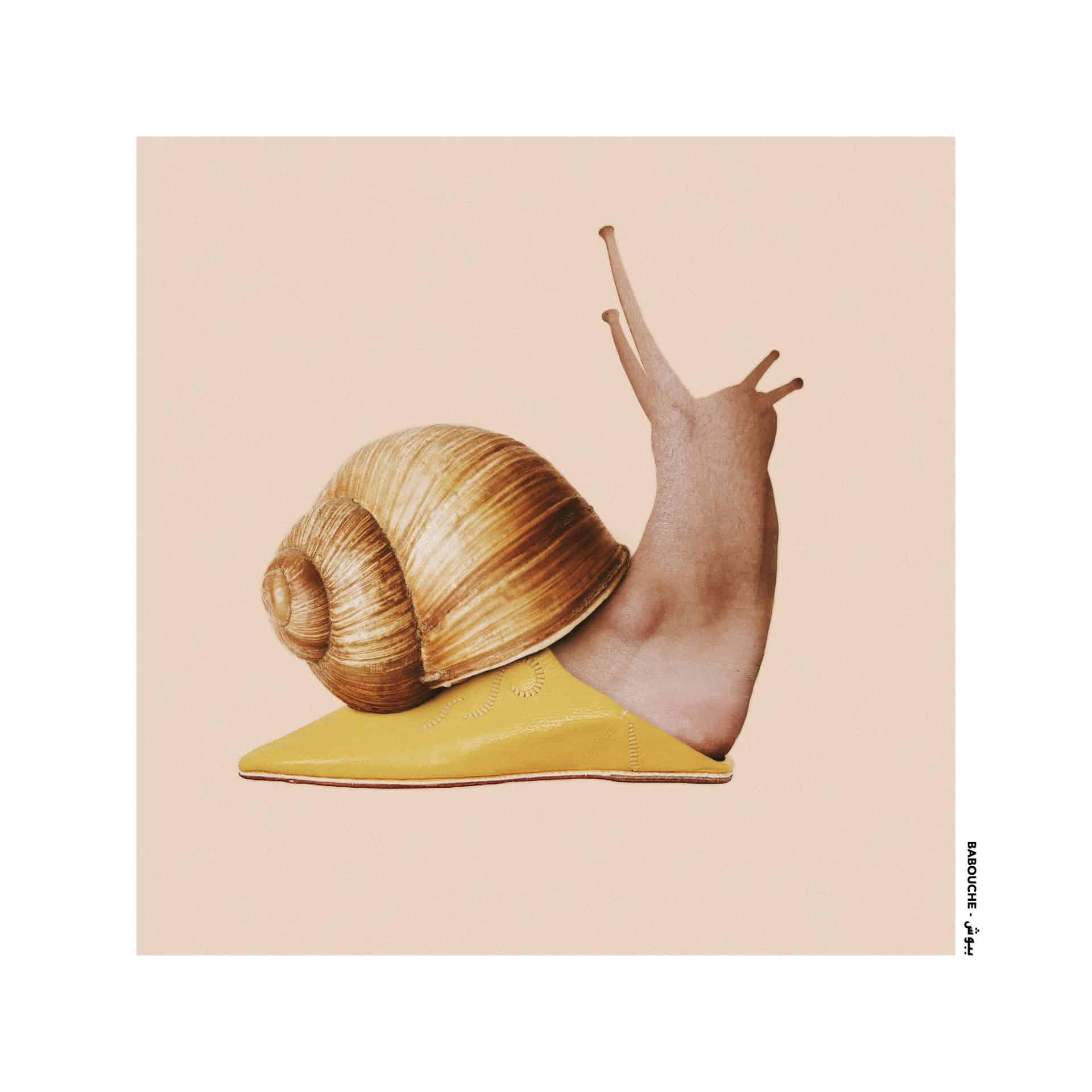
For more stories of art and culture, like this interview with Idries Karnachi, visit our dedicated archives.